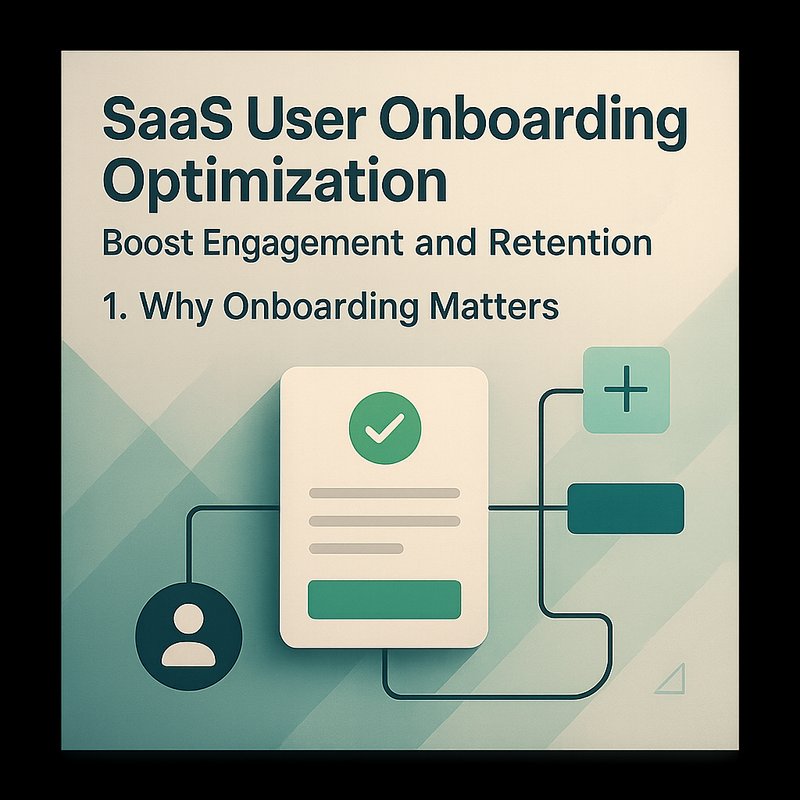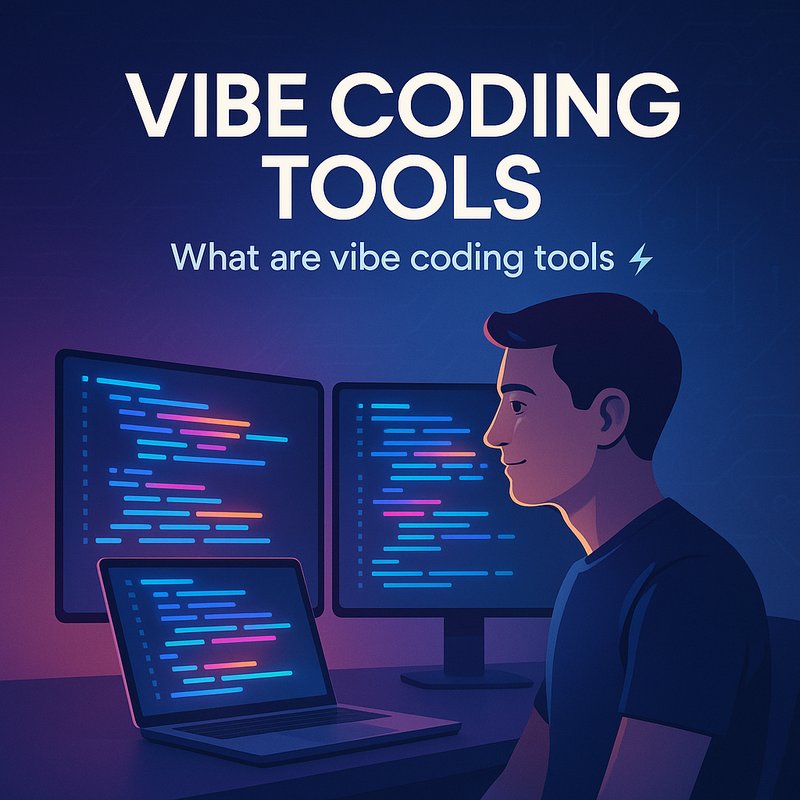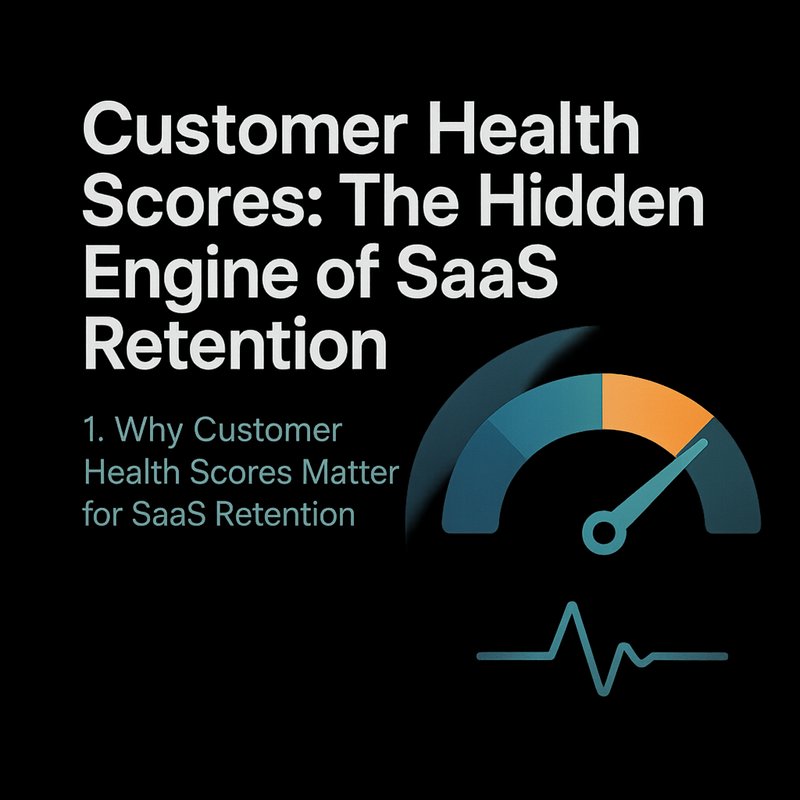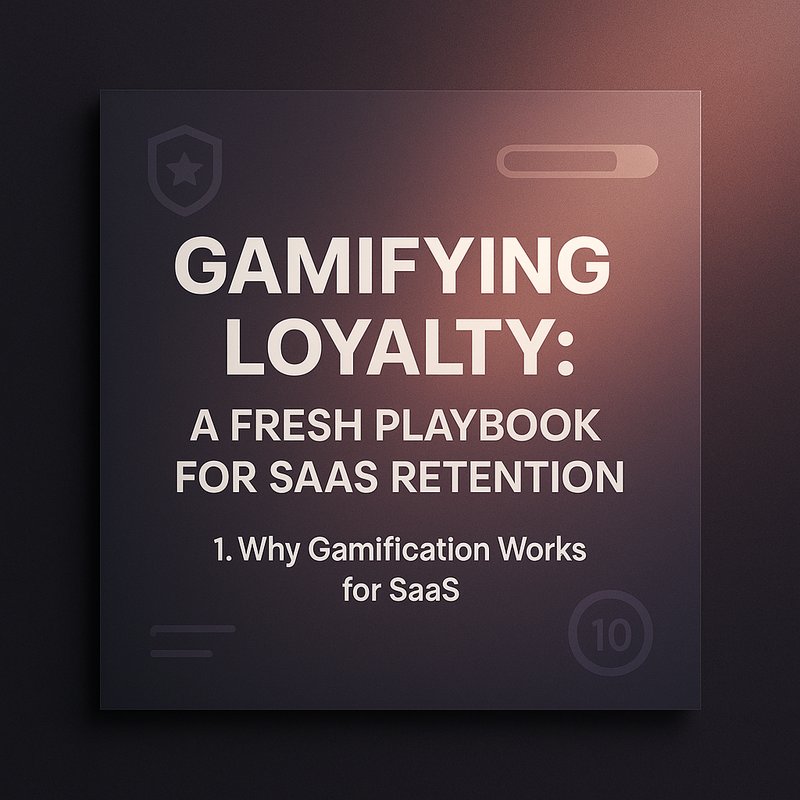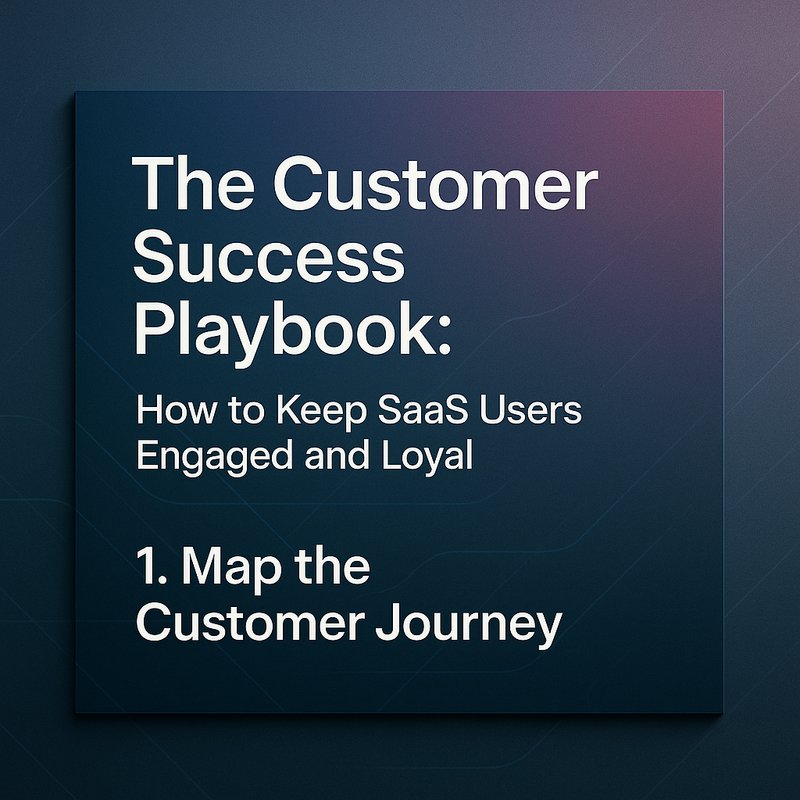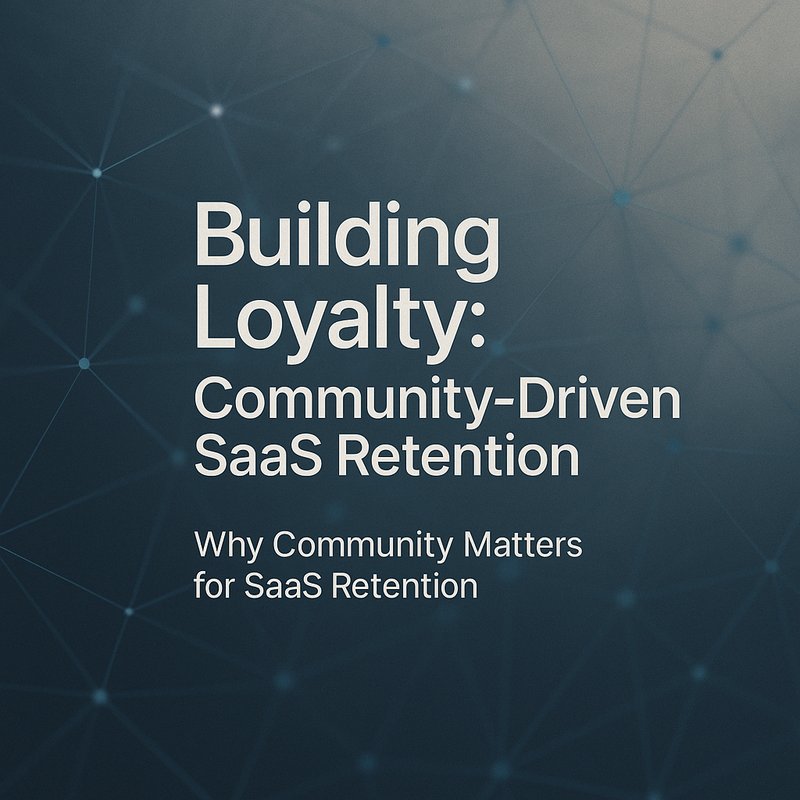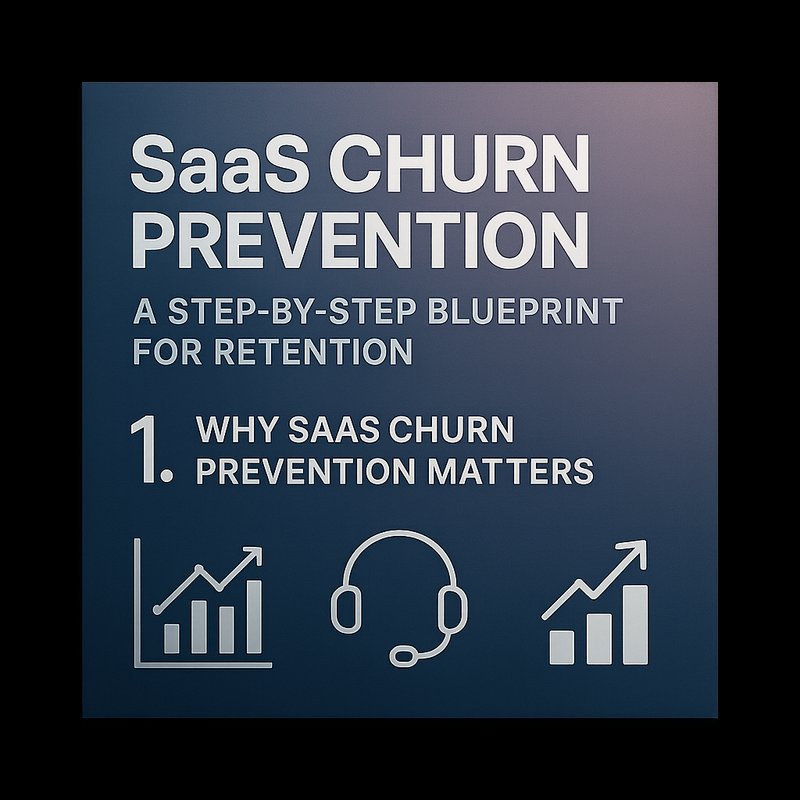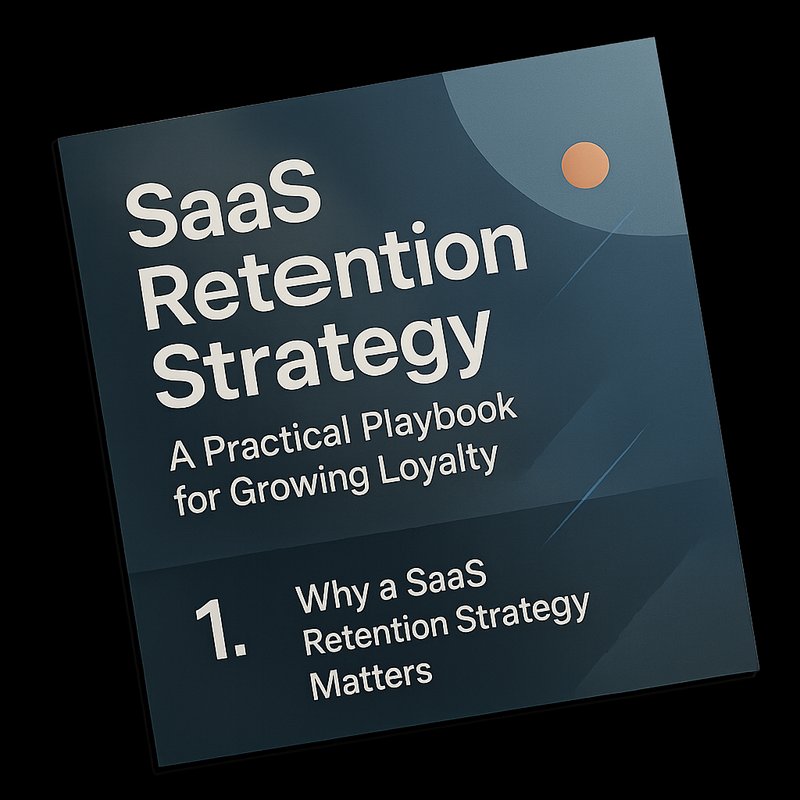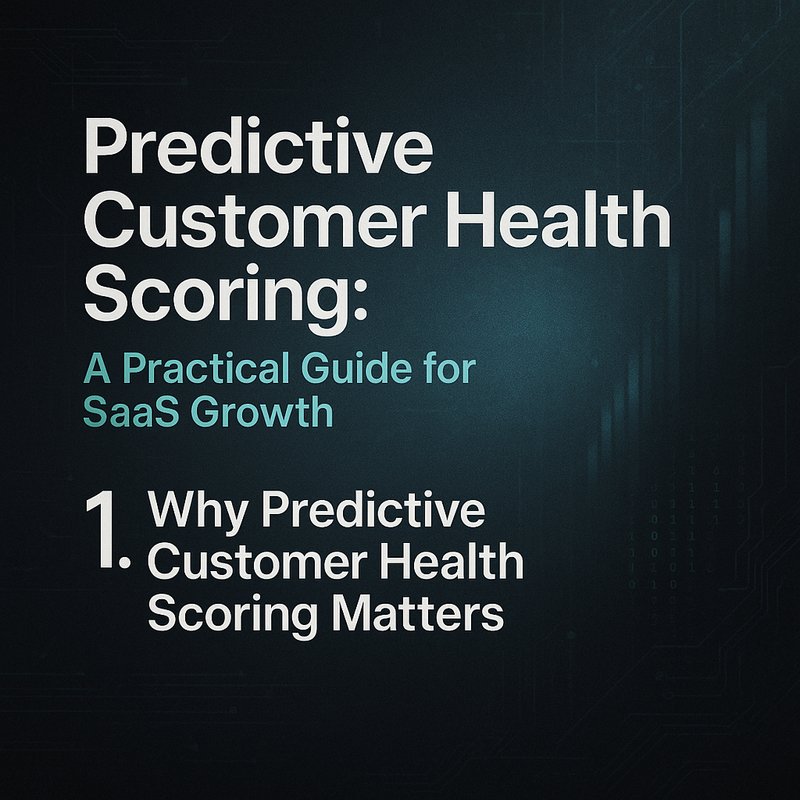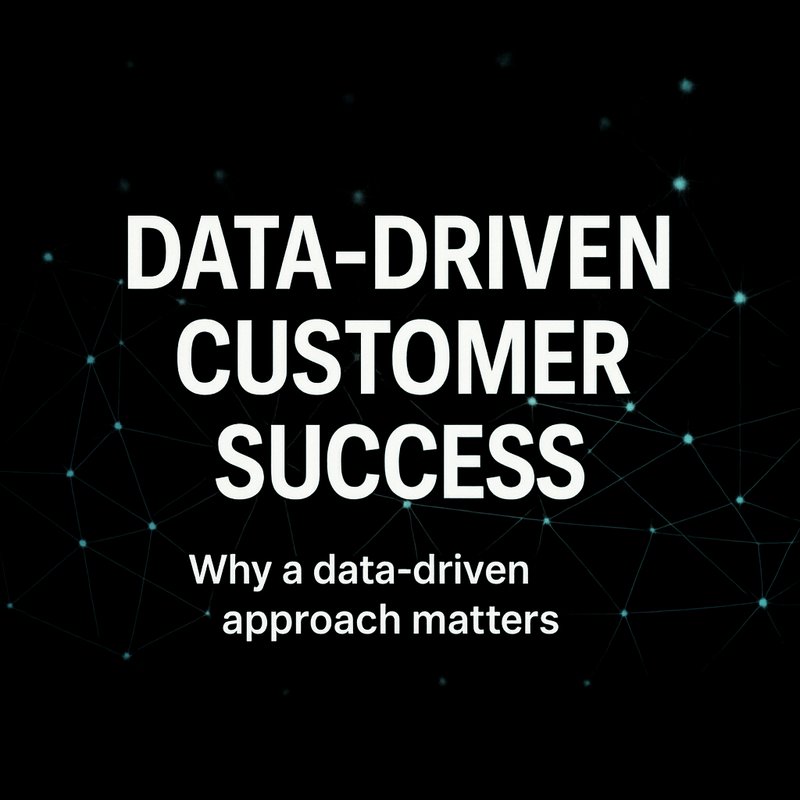SaaS user onboarding is the first real conversation a new customer has with your product. It sets the tone for how they see value, how quickly they start using core features, and whether they stay long enough to become a paying customer. In this guide we’ll walk through the most effective tactics to turn a cold sign‑up into a loyal user, using data, design, and automation.
1. Why Onboarding Matters
When a user lands on your sign‑up page, they’re already curious. If the next few minutes feel confusing, they’ll drop off. If they hit a “aha” moment quickly, they’ll start exploring and eventually convert.
Key reasons to focus on onboarding:
- First impressions drive long‑term behavior – A smooth start builds trust.
- Early value unlocks retention – Users who see benefits early are less likely to churn.
- Data collection starts here – Onboarding is a low‑friction way to gather usage signals.
2. Mapping the Onboarding Journey
2.1 Identify the Core Milestones
Every SaaS product has a set of actions that represent “first value.” For a project‑management tool, that might be creating a project, adding a task, and assigning a teammate. For a marketing automation platform, it could be setting up a campaign and sending a test email.
List the top 3–5 milestones that give a user a clear sense of progress. These milestones become the backbone of your onboarding flow.
2.2 Segment New Users
Not all users come with the same intent. Segment by:
- Industry – A legal firm will need different guidance than a marketing agency.
- Role – Admins, managers, and end‑users have distinct priorities.
- Source – A user from a webinar may already know the product’s value.
Segmenting lets you tailor the onboarding experience, increasing relevance and speed to value.
3. Designing a Seamless SaaS User Onboarding Flow
3.1 Keep It Short and Focused
A long, multi‑step wizard can feel like a chore. Aim for a 3–5 minute journey that covers the essential milestones. Use progressive disclosure: show only what the user needs right now, then reveal more as they progress.
3.2 Use Micro‑Interactions
Small animations, progress bars, and instant feedback keep users engaged. For example, a checkmark that appears when a task is created signals success instantly.
3.3 Offer Contextual Help
Tooltips, inline guides, and a help icon that opens a quick FAQ reduce friction. If a user hesitates on a field, a short hint can clarify what’s expected.
3.4 Provide a Clear Call‑to‑Action
Every step should end with a button that says what the user should do next. Avoid vague “Continue” labels; use “Create Project” or “Send Test Email” to reinforce the action.
4. Automating Onboarding with Smart Triggers
4.1 Triggered Emails
Send a welcome email immediately after sign‑up. Follow up with a series of short emails that guide the user through the core milestones. Timing is key: space them 2–3 days apart to avoid overwhelm.
4.2 In‑Product Nudges

When a user is about to hit a feature limit or hasn’t used a key feature in a week, display a gentle banner: “Need help getting started with integrations?” Link directly to the relevant help article.
4.3 One‑Click Upsell Paths
If a user is close to a usage threshold that unlocks a paid feature, offer a one‑click upgrade. This reduces friction and captures revenue early.
5. Measuring Onboarding Success
5.1 Key Metrics
- Activation Rate – % of users who complete the core milestones.
- Time to First Value – How long it takes to hit the first milestone.
- Drop‑off Points – Steps where users abandon the flow.
- Post‑Onboarding Engagement – Daily active users after the first week.
5.2 A/B Testing
Test variations of onboarding flows:
- Variant A – Guided tour with screenshots.
- Variant B – Minimalist flow with only essential fields.
Run each for 2 weeks, compare activation rates, and roll out the winner.
5.3 Feedback Loops
After a user completes onboarding, ask a quick question: “Did you find the setup helpful?” Use the answers to refine the flow.
6. Real‑World Example: A SaaS Company’s Onboarding Revamp
A marketing automation platform re‑engineered its onboarding flow by:
- Segmenting users by industry and role.
- Reducing steps from 8 to 4.
- Adding contextual help for each field.
Result: Activation rate jumped from 35% to 58%, and churn in the first 30 days fell by 12%. The company credited the improvement to a clearer path to first value.
7. Quick Implementation Checklist
- Map core milestones for first value.
- Segment new users by role, industry, and source.
- Design a 3–5 minute onboarding flow with progressive disclosure.
- Add micro‑interactions and contextual help.
- Set up triggered welcome emails and follow‑up series.
- Implement in‑product nudges for feature limits.
- Create one‑click upgrade prompts.
- Track activation, time to value, and drop‑off points.
- Run A/B tests on flow variations.
- Collect post‑onboarding feedback.
Follow this checklist and you’ll see a measurable lift in user activation and retention.
8. Final Thoughts
Optimizing SaaS user onboarding is a continuous process. The goal is to guide new users from curiosity to confidence quickly. By mapping milestones, segmenting users, designing a concise flow, automating nudges, and measuring outcomes, you can turn every sign‑up into a potential long‑term customer. Start small, iterate fast, and watch your engagement grow.
